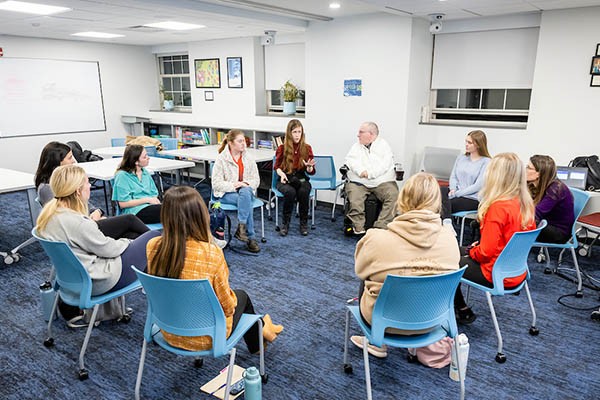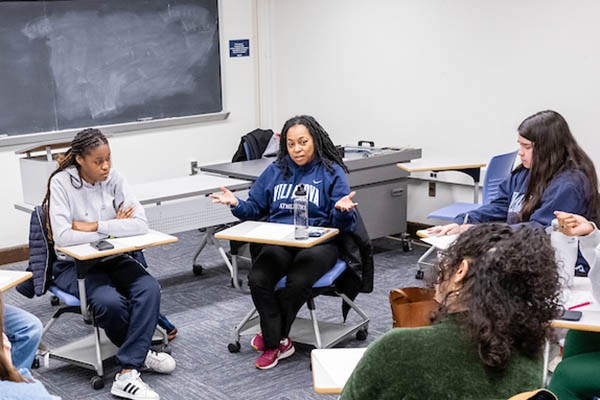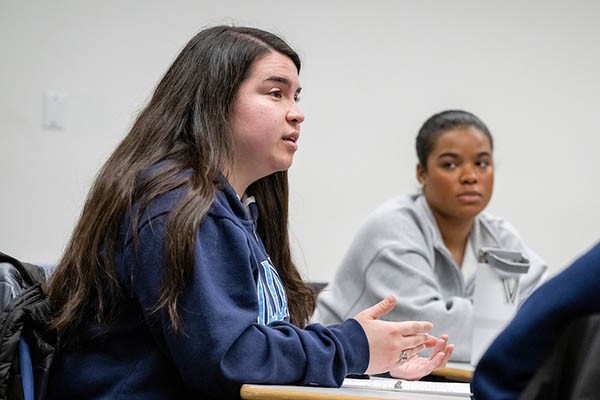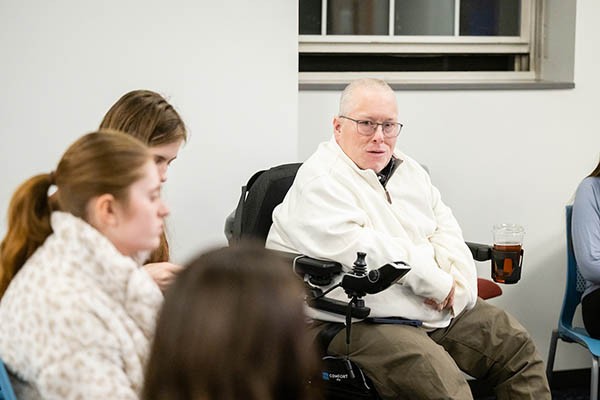DR. TERRY NANCE CENTER FOR DIALOGUE

OUR GUIDING VALUES

At the Center for Dialogue, we value an inclusive and honest community where members actively engage one another recognizing each person's dignity and working together to make a more socially just world. This is accomplished by:
- Recognizing the dignity of all people and their experiences;
- Allowing room for growth and change;
- Remaining grounded in academic theories of identity, social justice and communication;
- Recognizing that each dialogic interaction creates new meaning; and,
- Using our collective wisdom to maintain integrity and accountability for our words and actions.
DIALOGIC APPROACH
OUR FACILITATOR TEAM

Trained faculty and staff from throughout the University serve as Dialogue Facilitators.
Selected through an application process and thoroughly trained and evaluated, facilitators will have a deep understanding of identity and power, social justice, and the dialogic process.
These trained facilitators create an open environment, channel students towards working together across difference, monitor the dynamics of the group and move through the various phases of dialogue.
AREAS OF ENGAGEMENT




CONTACT US
Dr. Terry Nance Center for Dialogue
Tolentine Hall, Room 204
800 Lancaster Avenue
Villanova, PA 19085
